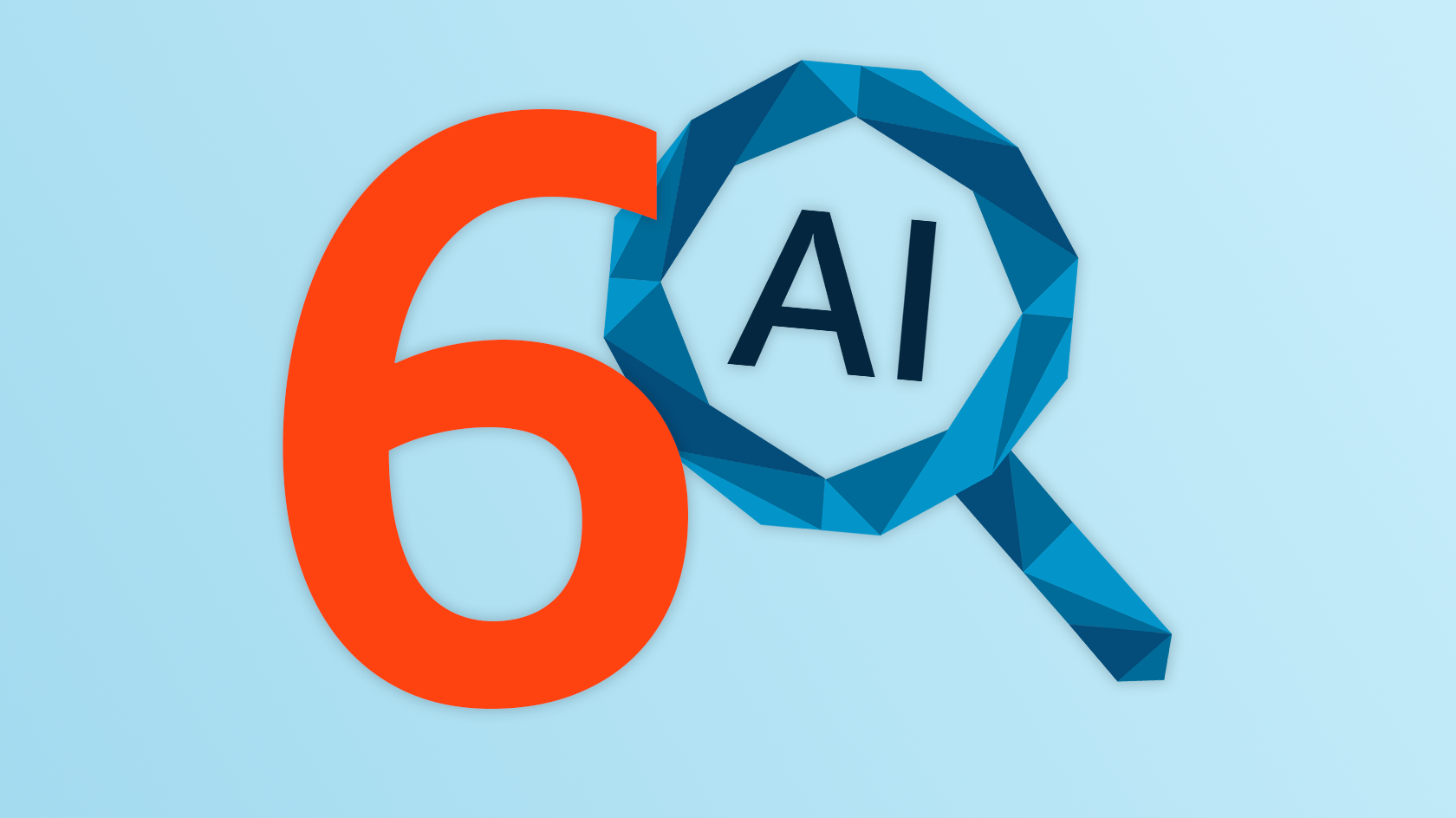
AI has started a new gold rush in the world of technology. The global AI market was valued at $515 billion in 2023, and is projected to reach $2.74 trillion by 2032. It’s become the new talk of the town, and prospectors are looking to strike gold with quick and secure solutions that will accelerate their business innovation.
The world of IT may be mostly free of gunslingers and highwaymen, but AI can still be unpredictable and dangerous if it’s not approached with care and consideration. Rather than trusting the words of a cowboy or snake oil salesman, we’ve prepared six key questions that your company should ask itself before exploring IT’s new frontier.
Q1: Have you migrated to the cloud?
Migrating to the cloud is one of the first important steps when looking to adopt AI. These platforms are fueled by data, and cloud platforms like Microsoft Azure provide a great place to store, manage and secure that information. Azure provides a framework that includes tools, programs and content that help simplify the adoption of AI and other cloud-native practices.
Before you start this journey though, there are a few things you need to work out, like a coherent and justifiable business case for migrating. This is about asking;
- How much are you going to migrate?
- Is it financially viable to migrate now?
- Do the benefits outweigh the negatives?
- Have you looked into the resources already provided by Microsoft?
There are also funding opportunities – which can only be accessed by working with select partners – that would offset some of the costs of migrating and potentially unlock other opportunities and projects. This can help a lot with creating a compelling business case, and we’ll be coming back to this point a little later on.
If you have these things in place then perfect, you can get going with your migration. We’ve created a step-by-step migration strategy guide to help get you going, or this article provides a comprehensive outline for migrating on-premise data pipelines.
Already operating in Azure? Great – it’s time for the next question.
Q2: Are your costs under control?
The second question that you should be asking yourself constantly – with or without AI – is whether or not your costs are under control. According to a 2023 survey by Gartner, businesses are wasting more than a third of their cloud spend on average each year. That’s not just wasted cash, it’s wasted opportunity – money that could be funding your AI journey is going straight down the drain.
You might be wondering where on earth this wastage is. What’s it being spent on? While there isn’t a one-size-fits-all answer, data science publication TDS says “inefficiencies like idle infrastructure can waste significant amounts of data infrastructure investments.” One of the best ways to prevent such wastage is to run regular cost assessments that allow you to properly analyse which parts of your infrastructure are responsible for this over-investment, and what remedial action should be taken.
Another option could be switching your payment model. For example, if you are in an industry where your requirements will fluctuate, you might benefit more from a pay-as-you-go model that allows greater flexibility in scaling your workloads and means you only pay for what you use. Thus, allowing you to adapt to your requirements. Whereas industries that are a lot more stagnant and can easily plan for the amount of architecture that they would use, may benefit more from a reserved instance, as your long-term projects are far more predictable and plannable.
Q3: Have you optimised your cloud security and performance?
AI runs on data – you’re sick of us saying that, but we’ll keep beating the drum. If you want to get the most out of AI then you will need to ensure that it can access that data as efficiently as possible. Regularly running performance assessments on your cloud infrastructure will aid efficiency.
Optimisation will enable you to scale your resources, optimise and identify bottlenecks, and will improve the ability of your system to adapt to changes in its workloads. This will in turn make the process of adopting AI smoother and more straightforward, before the technology begins aiding the optimisation process in the long run.
Security is at the forefront of all things IT – and AI is no exception. As artificially intelligent platforms will often be working with larger loads of data and, particularly in some cases, extremely sensitive data, it is going to need watertight security. For example, in 2020 a company named Cense AI almost leaked 2.6 million medical records because “Cense AI was temporarily hosting it online before loading it into the company’s management system or an AI bot.” A major risk to take that should’ve been calculated and could’ve been avoided if the correct cloud security measures had been in place. If you are interested in learning more about this case then check it our here.
If you are want to know more about cloud security, we’ve also outlined six ways to stay secure in the cloud on The Learning Hub.
Q4: Are your custom business applications modernised?
Now that you’re on top of your costs and your performance, it’s time to start thinking about the applications that help you operate day in, day out. Outdated, monolithic applications are expensive and don’t offer the same benefits as they will do when run in Azure. Migrating them means you unlock greater security and scalability, and that the data from these applications is going to be easier to access for your AI model.
But the buck doesn’t stop with migration. Modernising your applications also requires a cultural shift in how your organisation approaches the management of them. This often presents itself as a DevOps methodology, which promotes greater group collaboration and efficiency when looking to adopt AI. It means sharing responsibilities and workloads, but it doesn’t come easily. It’s a shift in your processes, your approach, and your mentality – but you’re already looking to revolutionise your organization, so it’s the perfect time to adopt a DevOps approach.
Q5: Is your data accessible?
Oh look, we’re mentioning data again. It undoubtedly feels very repetitive, but it is the most important thing when it comes to adopting artificial intelligence. Data is the fuel that is needed for AI to function, so ensuring it has easy, unhindered access is vital.
Microsoft makes this easier with products like Azure Data Factory is a perfect solution for hybrid environments, enabling you to control, secure, govern and unlock data across both on-prem and cloud servers.
Even if you’re not looking to adopt AI right now, then keeping your data accurate and up to date is still an important practice. As Jordan Kanter at Perficient points out: “The consequences of using bad data extend beyond immediate operational challenges…”, before explaining that poor data quality costs the US healthcare system $210 billion per year.
Q6: Do you gain insights from your data?
You’ve done the hard work. You’ve scrubbed your data, made sure it’s on a modern data platform, and that your analysts and AI have the access they need… so what’s next? You need to know how to use the tools you now have at your fingertips – it’s no use having all that data if it’s just going to sit there.
Picture your business as a house. Each department is a different room – with its own boundaries and confinements – and your data is your wiring. It flows from room to room, reaching every corner of the house and being just as critical in each and every area. Some rooms use it for lighting, others to run washing machines, a third to power a television. Each room has its own uses for the electricity, but it is the same utility that enables all of them.
Now, if users in each room were forced to hardwire their appliances into the wall, we’d be running into problems pretty quickly. Thankfully, plug sockets give us an easy-to-use, ultra-accessible interface to benefit from our wiring system. So, we need a data equivalent.
While there are Microsoft products that solve these issues – be it PowerBI, Synapse or Fabric – your teams will also require training to fully understand the tools you’ve put at their fingertips. Then, and only then, will your entire business be able to put your datasets to work and start making data-driven decisions that truly empower your whole organisation.
Right, it’s time to implement an AI strategy…
Once you’re happy with your answers to these six questions, it’s time to implement a clear and defined AI strategy. Make sure you consider how you want to use AI, and how it’s going to help your business – are you looking to maximise your use of Copilot? Are you attempting to create a bespoke AI solution for your development team?
Adopting clear and concise policy documents that outline to employees the appropriate use of AI, and ensuring that they are adhered to with regular updates and check-ins, is critical.
If there is any confusion, or if you would simply like a second opinion on your strategy, then you know where to find us. Whether it’s educational materials that will help you learn more about the adoption of AI, funded Copilot workshops and data readiness assessments to help you grow in confidence when planning your project, or implementing a rapid adoption process that will add some sparkle to your AI journey, we can help you saddle up for the journey ahead.
AI may be a vast new frontier, but that doesn’t mean you need to explore it alone. Let’s talk about it.
Ready to start your journey? Our Data & AI Innovation workshop will take into consideration your specific business context, and give you a better understanding of how AI can transform your business for the better.




